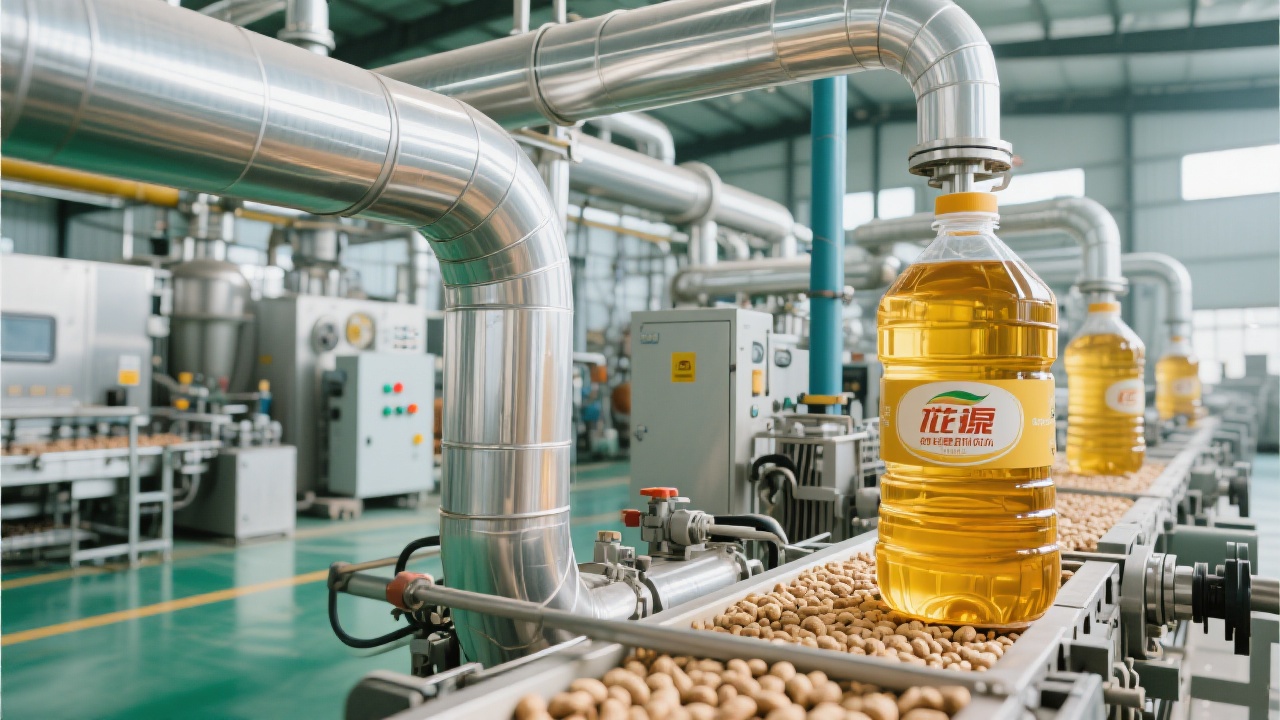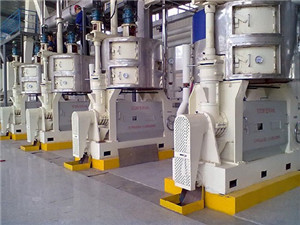
In the soybean oil refining process, bleaching towers and deodorizers play pivotal roles. The bleaching tower is mainly responsible for removing pigments and other impurities in the crude soybean oil through adsorption and chemical reactions. It uses adsorbents to capture colored substances, thereby improving the color and clarity of the oil. The deodorizer, on the other hand, eliminates unpleasant odors and volatile substances in the oil by heating and vacuum distillation, ensuring the pure flavor of the refined oil. These two key pieces of equipment directly determine the quality of the final refined soybean oil.

Small - scale factories usually have relatively limited production volumes, typically ranging from 10 - 50 tons per day. They require equipment that is easy to operate, has low initial investment, and occupies less space. Medium - scale factories, with a daily production capacity of 50 - 200 tons, need equipment with stable performance and moderate cost - effectiveness. Large - scale factories, with a daily output of over 200 tons, demand high - efficiency, high - capacity equipment to meet large - scale production needs. For example, large - scale factories may require bleaching towers with a larger diameter and higher height to ensure sufficient contact time between the oil and the adsorbent, while deodorizers need to have high - speed evaporation and separation capabilities.
| Equipment Type | Processing Capacity | Energy Consumption per Ton of Oil | Color Removal Rate | Odor Removal Rate |
|---|---|---|---|---|
| Traditional Equipment | Low - medium | About 80 - 120 kWh/ton | About 70 - 80% | About 75 - 85% |
| New - Type High - Efficiency Equipment | Medium - high | About 40 - 60 kWh/ton (40 - 67% reduction compared to traditional equipment) | About 90 - 95% | About 92 - 97% |

A medium - scale soybean oil factory replaced its traditional bleaching tower and deodorizer with new - type high - efficiency equipment. After the replacement, the color of the refined oil became more stable, and the flavor was purer. The color removal rate increased from 75% to 92%, and the odor removal rate increased from 80% to 95%. At the same time, the energy consumption per ton of oil decreased from 100 kWh to 50 kWh, resulting in significant cost savings. In addition, the improved oil quality also allowed the factory to sell its products at a higher price, increasing overall profitability.
Regular maintenance is crucial for the long - term stable operation of bleaching towers and deodorizers. Some common maintenance points include checking the tightness of pipelines, the wear of valves, and the performance of heating elements. Common operation mistakes include over - loading the equipment, not following the correct temperature and pressure control procedures, and improper use of adsorbents. Here is a simple maintenance checklist:
The design and operation of bleaching towers and deodorizers should comply with relevant industry standards, such as GB/T 1535. Complying with these standards ensures that the refined soybean oil meets international food - grade and industrial - use oil standards, enhancing the credibility and market competitiveness of the products.

In conclusion, choosing the right bleaching tower and deodorizer is essential for soybean oil factories of all sizes. Our high - efficiency bleaching towers and deodorizers can precisely match your production capacity requirements, ensuring stable output and meeting international standards. Click here to learn more about our products and find the best solution for your factory!

